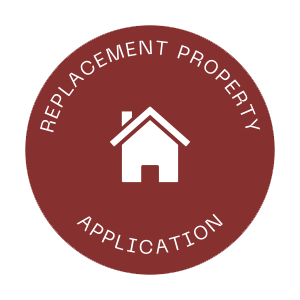Think Two Steps Ahead Before Exchanging You Vacation Home
Written By Diane Schaefer, CES™ and President of Exchange Solutions, Inc., N.Y.
The hot topic in the 1031 world is the new safe harbor issued March 10, 2008 for second homes and vacation homes. Revenue Procedure 2008-16 allows taxpayers the opportunity to qualify these types of properties for tax deferred treatment under IRC Section 1031. But don’t get too excited, taxpayers must plan ahead at least two years in advance and there are other terms of qualification. Sorry if you thought I was about to say it would be immediate and easy.
In order for real property to be like-kind, it must hold up to the qualified use test. That means it must be held for productive use in trade or business, or as investment property, for two years prior to selling it as a relinquished property in a tax-deferred exchange. Some examples of real estate that would qualify are residential rentals, commercial properties, even vacant land, to name a few. Second homes and vacation homes were in the gray zone. The qualified intermediary had to play detective to draw out answers from the taxpayer regarding interest deductions and expenses on their filings, usage and intent, while the taxpayer attempted to justify their vacation home as a qualified use property.
Due to a recent case, Moore v. Commissioner, Moore exchanged one vacation home for another vacation home although neither property was ever rented out and believed it qualified on the basis of investment since it was certain to appreciate over time. This did not hold with the Internal Revenue Service and the exchange was rejected given that the taxpayer’s intent was surely for personal use. Shortly thereafter, the Service established guidelines for exchanging vacation homes because these types of cases were a common occurrence.
The Service responded with a revenue procedure that states in order to qualify a vacation home or second home for purpose of 1031 treatment, the taxpayer must rent the property for at least two consecutive weeks each year for an uninterrupted two years. The taxpayer should have a rental agreement and must charge fair market value rent for the property. The taxpayer’s personal use cannot exceed the greater of 14 days or 10% of the number of days during the year that the property is rented. So be careful about using your Hamptons home during the peak summer season when you should be renting it out, rather than using it for personal purposes. The IRS will scrutinize the details. If you are claiming that your longer stay is due to work being done on the home, be prepared to have your receipts and invoices to prove any repairs and maintenance. Another caveat to mention is to be mindful of your renter. Putting aside the obvious risks, Revenue Procedure 2008-16 disallows a taxpayer renting to someone that has an interest in the rental home. If you hold title as tenants in common, don’t let the other party use it as a rental. Should you wish to rent it to a family member, the dwelling must be used by the family member as a primary residence not a vacation home, and again, I emphasize at fair market value rent rates for the dwelling in that particular area. So your best bet is to rent it to a friend that is willing to pay you rental income for at least 14 days per year for a two year period.
This safe harbor calms the waters for two other issues as well. One is converting a principal residence into a qualified use relinquished property by moving out, renting it out within the guidelines, then pursuing an exchange. Another is converting your exchange replacement property into a primary use property post-exchange. The taxpayer must qualify the exchange replacement property as a rental following the requirements for two years prior to moving in and changing it into your primary residence. Think ahead and plan in advance, at least two years in advance, while utilizing the services of a reputable qualified intermediary, your tax advisor and attorney.

